Blog - NOS MARCHÉS - SSR Lighting applications
Here are some potential uses of SSRs in Lighting applications (non-exhaustive list):
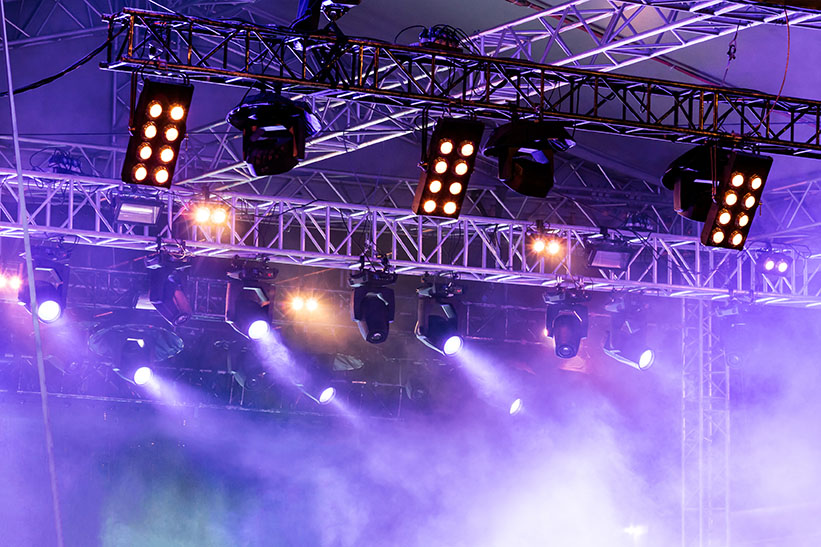
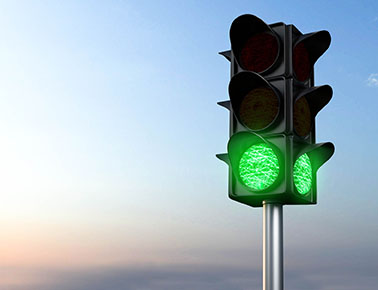
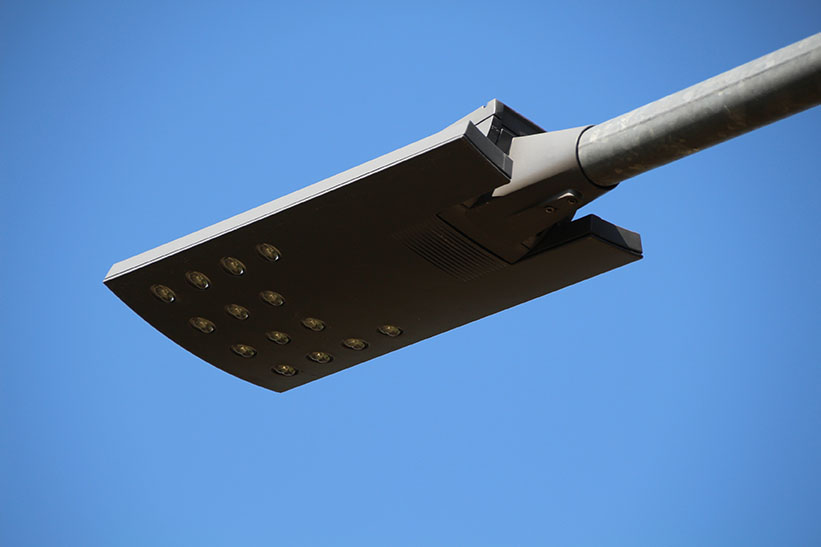
A large inrush current flows through incandescent lamps, halogen lamps, and similar devices (approx. 10 to 15 times higher than the rated current). You should select an SSR so that the peak value of inrush current does not exceed half the inrush current resistance of the SSR. In fact, when a repetitive inrush current of greater than half the inrush current resistance is applied, the output element of the SSR may be damaged.
There are 2 different utilisation categories for Lighting Loads :

A discharge lamp consists essentially of a tube of glass, quartz or other suitable material, containing a gas and, in most cases, a metal vapour. The passage of an electric current through this gas/vapour produces light or ultraviolet radiation.
Discharge lamps have been considered for a long time, the best solution for lighting large areas, such as petrochemical plants or other buildings for industrial production.
Discharge lamps such as fluorescent tubes, energy saving lamps, mercury vapor lamps, halogen metal vapor lamps or sodium vapor lamps require both a starting circuit and a current limitation device. These devices may be conventional or electronic.
When selecting the suitable SSR for high in-rush currents, the permitted rated power for the switching of capacitors should be taken into account as per utilization category AC-56b.
They make about 75% less heat compared to an incandescent bulb because they are not using resistance to emit light. That also results in an energy savings, and also helps to keep whatever room they are in at a cooler temperature.
The general rule is to use zero cross Solid State Relays adapted to the current surges (We recommend you to check the resistance of these repetitive currents : a curve “repetitive Itsm = f(t)” is available on our data-sheets).
We also recommend to use 400VAC SSRs on 230VAC lines
–SO8
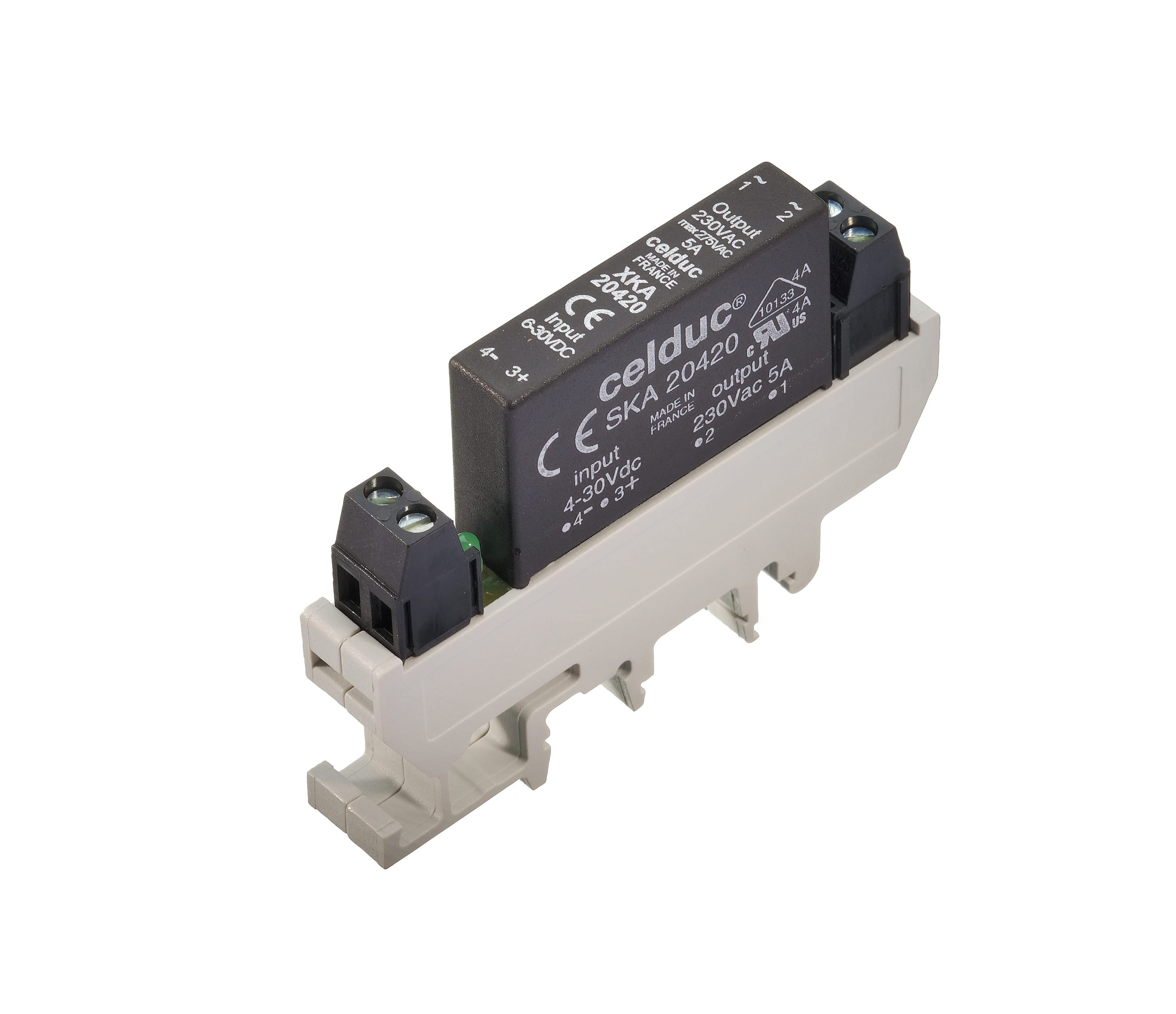
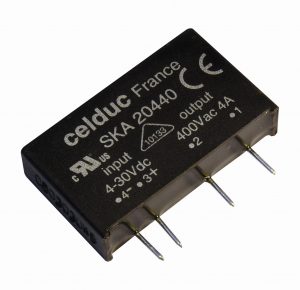
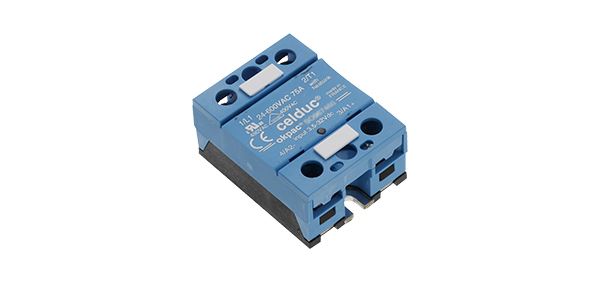

Incandescent lamps are often considered the least energy efficient type of electric lighting commonly found in residential buildings. Although inefficient, incandescent lamps possess a number of key advantages–they are inexpensive to buy, turn on instantly, are available in a huge array of sizes and shapes and provide a pleasant, warm light with excellent color rendition.
The cold starting of an incandescent lamp produces significant current surges. The filaments of these lamps have very low resistances cold, it is advantageous to zero cross switch them.
The current surge is reduced which greatly increases the lifetime of the lamp.
The general rule is to use zero cross Solid State Relays adapted to the current surges (repetitive):
At the end of the lifetime of these lamps, short-circuits between coils can produce strong current surges which can be considered as short-circuits. The coordination between the semiconductor relay and the device for protection against short-circuits must be chosen accordingly.
For the power variation of these loads, it is also possible to use random Solid State Relays with an adapted control or analogue control relays (SG4) allowing phase angle control (0-10V or 4-20mA analog input).
–SO8 – zero-cross single phase SSRs
–SOB8 – two-phase SSRs
–SGT8 – 3-phase SSRs
–SO7 – random single phase SSRs
–SG4 – phase angle controllers
–SMCW Softstarters
celduc® relais is available to discuss any project you may have. Tell us more about your project !